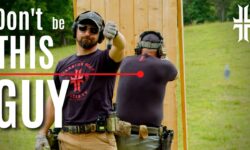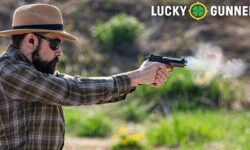How Do You Choose The Right Hunting Bow?
Here are 4 tips to help you get the perfect hunting bow:
1. Understanding the Types of Hunting Bows
When choosing a hunting bow, it’s important to consider the different types that are available. There are three main types of hunting bows: recurve bows, compound bows, and crossbows.
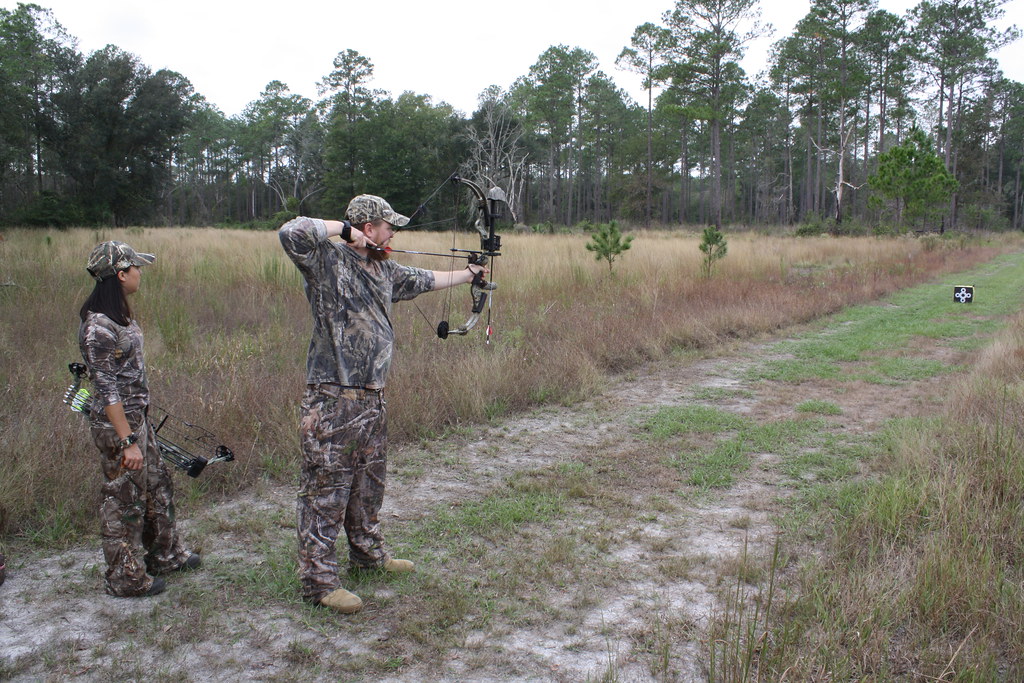
Recurve bows are the oldest type of bow and are known for their simple design. They are made of a single curved piece of wood or composite material and do not have any pulleys or cables. Recurve bows are known for their accuracy, but they require more skill to use than other types of bows.
Compound bows, on the other hand, are more modern and feature a complex system of pulleys and cables that make them easier to use. They are known for their speed and accuracy and are often used by hunters who need to shoot from long distances.
Finally, crossbows are a type of bow that uses a horizontal limb assembly mounted on a stock. They are often used by hunters who have difficulty drawing a traditional bow, such as those with shoulder injuries or disabilities.
Bow length is another critical factor to consider. The length of the bow will affect how easy it is to maneuver in the field. A longer bow is generally more stable, making it easier to hold steady and shoot accurately. However, longer bows can also be more cumbersome to carry and maneuver through thick brush. Shorter bows are generally more maneuverable, but may be less stable and harder to shoot accurately.
When it comes to choosing the color of your hunting bow, there are a few things to consider. Some hunters prefer a camouflage pattern to help them blend in with their surroundings. Others prefer a solid color, such as black or brown. The color of your bow is ultimately a matter of personal preference, but it’s worth considering the environment you’ll be hunting in and selecting a color that will help you stay hidden from your prey.
2. Choosing the Right Arrows
Once you’ve selected the right hunting bow, it’s important to choose the right arrows to go with it. When choosing arrows, consider the length, weight, and material.
The length of the arrow should match the draw length of your bow. The weight of the arrow should match the draw weight of your bow, as well as your own strength and shooting style. The material of the arrow can vary, with popular options including wood, aluminum, and carbon fiber.

It’s also important to consider the type of arrowhead you’ll be using. Broadheads are the most common type of arrowhead used for hunting, and they come in various sizes and styles. Some are designed for larger game, while others are better suited for smaller game.
Arrow speed is another important factor to consider. While a faster arrow speed can be advantageous, it’s not the only consideration. You’ll want to choose a bow that’s fast enough to deliver a lethal shot, but also one that you can shoot accurately. Keep in mind that faster bows can also be louder and produce more vibration, which could alert nearby game.
3. Proper Maintenance and Care
Once you’ve invested in a hunting bow and arrows, it’s important to take proper care of them to ensure they last for many hunting seasons to come. Proper maintenance includes regular cleaning and waxing of the bowstring and cables, as well as tightening loose screws and bolts.
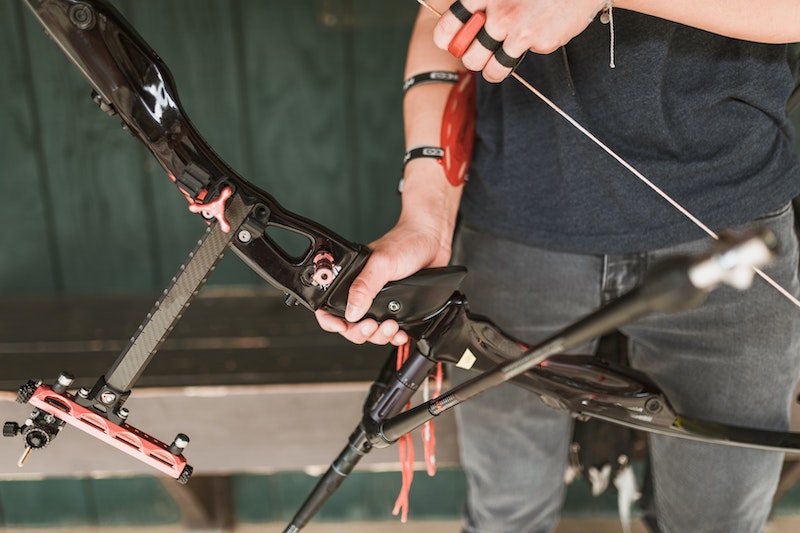
It’s also important to store your bow and arrows properly when not in use. Keep them in a cool, dry place, and avoid exposing them to extreme temperatures or moisture.
4. Understanding Hunting Regulations
Before heading out on a hunting trip with your bow, it’s important to understand the hunting regulations in your area. This includes knowing the hunting seasons, bag limits, and any restrictions on the use of hunting equipment.
It’s also important to practice ethical hunting practices, including only taking shots that are within your range and ensuring that you have a clean shot that results in a quick and humane kill.
In addition to selecting the right bow, it’s also important to practice regularly to hone your skills and prepare for the hunting season. Whether you’re shooting at targets in your backyard or at a local archery range, regular practice will help you build confidence and improve your accuracy. And don’t forget to also practice shooting from different positions, such as kneeling, sitting, and standing.
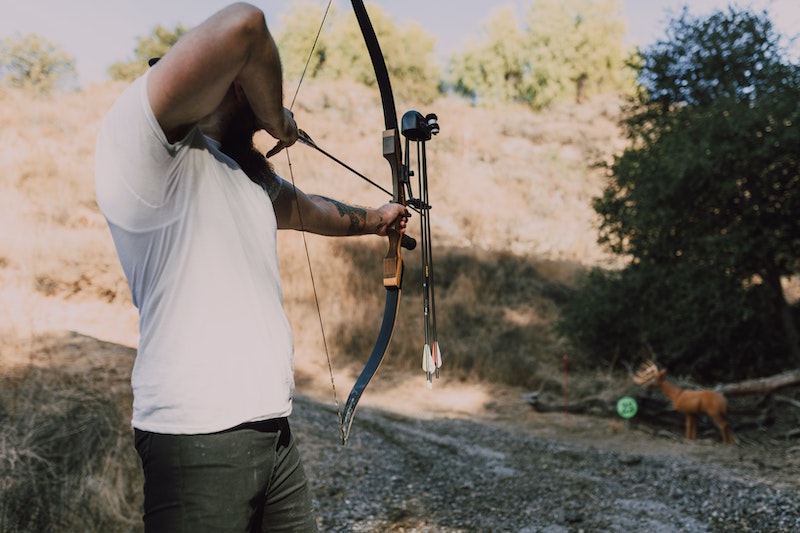
In conclusion, choosing the right hunting bow is an important decision that requires careful consideration of factors such as draw weight, draw length, and bow mass. Additionally, selecting the right arrows and understanding proper maintenance and care can help ensure your hunting equipment lasts for many seasons to come. Finally, it’s important to understand hunting regulations and practice ethical hunting practices to ensure the safety of yourself and the animals you hunt.


